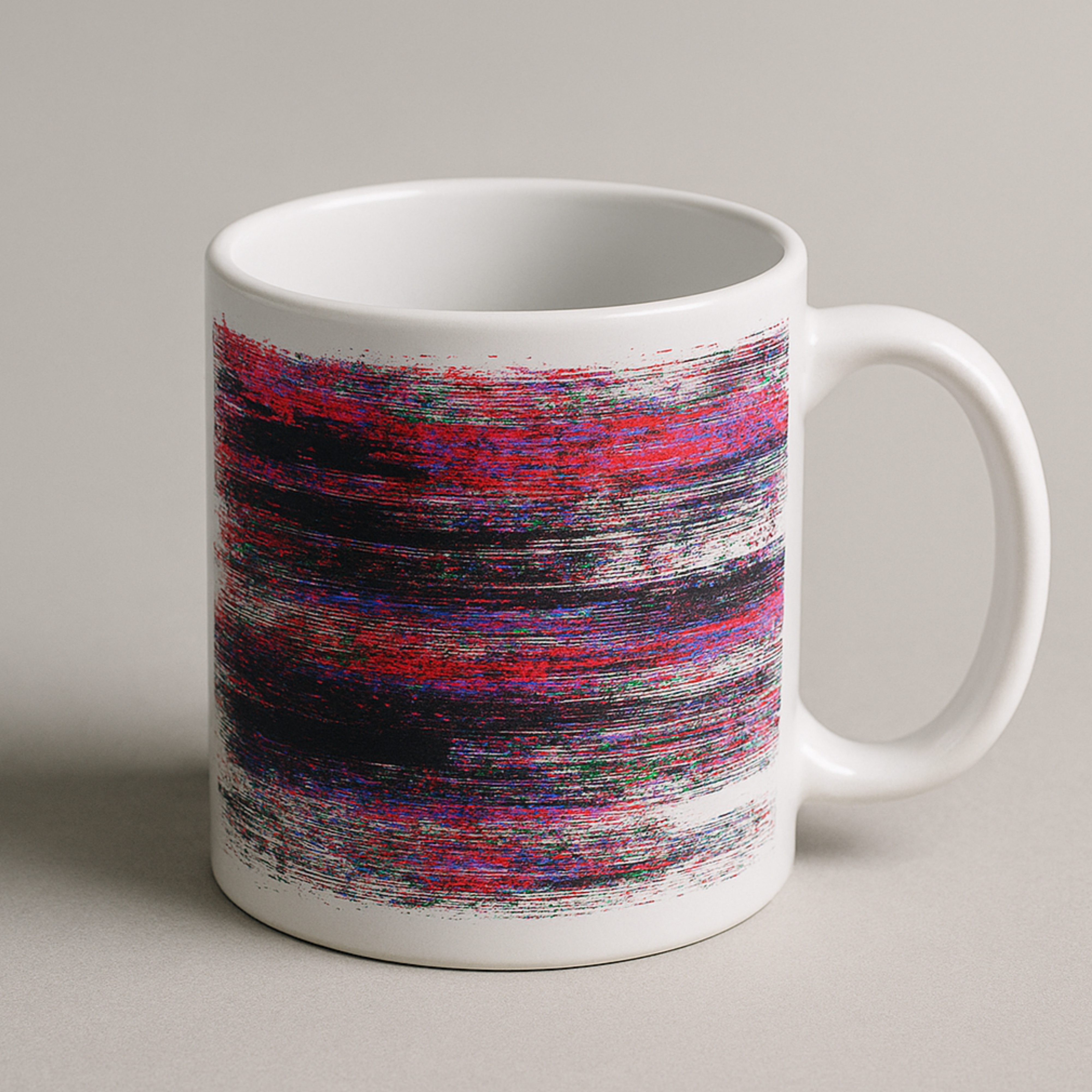Add products by adding codes
5 mistakes you need to avoid when sublimating on mugs

Sublimation on mugs is a process that at first glance may seem simple - design, print, press and done. However, those involved in the personalization of ceramics on a daily basis, know well that even small lapses can significantly affect the final result. If you want crisp prints, even colors, and design longevity, avoid these five common mistakes discussed in the article below.
Table of contents
- Pressing the paper against the cup too hard
- Heating parameters too high with new cups
- Too much ink saturation
- Ignoring the differences between sublimation papers
- Underheated bottom of the cup
- Perfect printing on mugs by sublimation method
1. Pressing the paper against the cup too hard
One very common problem is excessive compression of sublimation paper to the surface of the cup. While it may seem that stronger adhesion guarantees better pattern transfer, in practice this leads to two undesirable effects. First, strong pressure accelerates the wear and tear of the heating foam in the press. Second, it can leave a permanent foam mark on the ceramic - especially noticeable with light backgrounds or solid colors. So it's worth exercising moderation and finding a balance between paper adhesion and material protection.
2. Heating parameters too high with new cups
Each new mug model may react slightly differently to press temperature and print insertion time. Settings that work well with one type of ceramic may not suit another at all. That's why it's better to start with slightly lower temperatures and shorter times. If you only slightly tilt the paper after the first reheating without removing it, you still have a chance to reheat the project. Starting with lower parameters avoids creating unsatisfactory prints on cups.
3. Too much ink saturation
Many beginners think that the more ink, the more intense and durable the print will be. Meanwhile, too much ink saturation leads to overproduction of vapors during annealing, which can disrupt image structure. The result is blurring, discoloration or a "wet spot" effect where there should be sharp edges. Optimum print quality is not a matter of oversaturation, but of the right balance of colors and paper absorbency.
4. Ignoring the differences between sublimation papers
Not all sublimation papers work the same way. They differ not only in thickness or grammage, but, above all, in their ability to absorb ink and in the way they render it when transferred to the cup. For this reason, testing new transfer meds is not a waste of time, but an investment in final quality. Properly selected paper allows for a more predictable sublimation process, better color control and less risk of failed prints.
5. Underheated bottom of the cup
One of the less obvious problem areas is the bottom of the cup, specifically the zone where it meets the side of the ceramic. In this area, the material is often thicker, making it more difficult to heat evenly. Because of this, the pattern may be less clear or unevenly transferred there. It is worthwhile in such a situation to use a short reheating of this section. However, the condition is that the paper should not be removed - only then the print can still be saved, without the need to throw away the mug.
Perfect printing on mugs by sublimation method
Avoiding these five pitfalls can significantly improve print quality and save a lot of nerves, time and materials. It is also a good idea to carefully review the information from the manufacturer of the cups, transfer papers or the press itself before starting any pattern application process. At Euroland, we have prepared detailed tips regarding printing with the sublimation method on various products available in our offer. With these, you can avoid using trial and error and save time and materials. A well-optimized sublimation process not only increases productivity, but also makes the final product look more attractive to the customer. Patience and precision is the best way to ensure that each batch of mugs comes out exactly as you expect them to.
